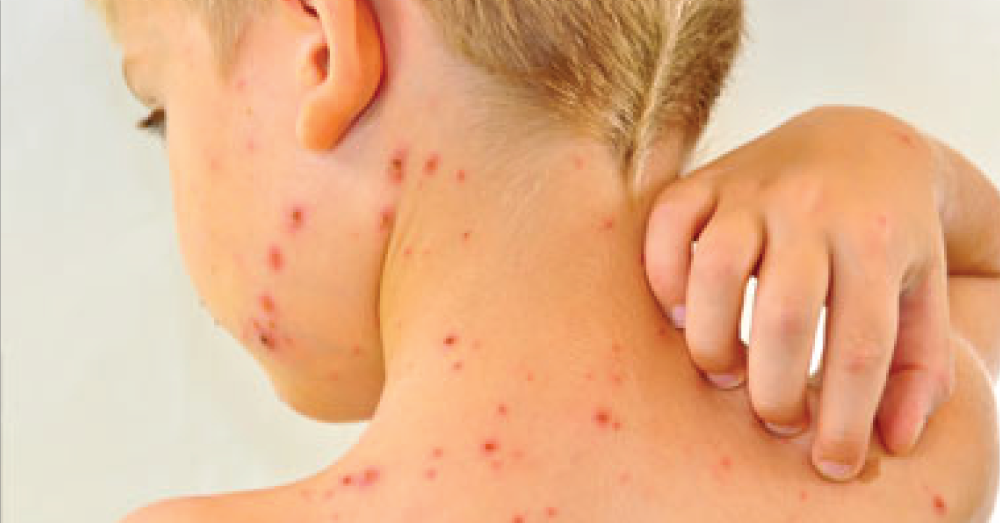
An Introduction to Chickenpox: Facts About This ‘Childhood Disease’
When a person acquires VZV for the first time, usually in childhood, chickenpox develops. However, even after the illness has been treated, the virus does not go away. Instead, it remains dormant in the body, in the nerve roots. After many years, usually during adulthood, the virus can reactivate and then cause shingles.
July 29, 2018 | Source: Mercola.com | by Dr. Joseph Mercola
Many years ago, when a child came down with chickenpox, other parents would willingly expose their own children to the infected one — a practice known as a “pox party” — hoping that their son or daughter would also catch the disease.1
But today, pox parties are generally frowned upon, as conventional health experts warn that the disease can pose serious complications, and that it’s “better” for children to get vaccinated against this illness. The reality is that getting chickenpox naturally in childhood can give a child a better and lifelong immunity to the illness. If acquired later on in life, chickenpox tends to become riddled with complications.
Indeed, there is a lot of misinformation circulating about chickenpox and its potential effects. Here’s everything you need to know about this viral illness.
The Basics on Chickenpox
Caused by the varicella-zoster virus (VZV), chickenpox is an acute illness that is characterized by a red and itchy rash that first appears on the abdomen, back or face, and then spreads throughout the body.2
The rash starts out small and pimple-like, but then transforms into fluid-filled blisters. Once the blisters pop or dry out, they leave behind scabs that generally crust, fall off and fade away. Aside from the hallmark rash, infected individuals may also experience headache, fever, stomachache or sore throat for several days.3
Chickenpox is usually very itchy, but patients are advised not to scratch the rashes or blisters, as this may result in bacterial infections. Some of the most prominent and long-lasting chickenpox scars are usually brought on by these infections.4 This disease is very contagious because VZV is an airborne virus.5 Kissing, sharing of utensils and other personal care products or even inhaling airborne varicella particles can make you susceptible to this disease.
Chickenpox Versus Shingles: What’s the Difference?
People who acquire chickenpox in adulthood often mistake it for another illness: shingles. Sometimes referred to as herpes zoster or zoster,6 this is a painful skin rash that is also caused by the varicella zoster virus.
When a person acquires VZV for the first time, usually in childhood, chickenpox develops. However, even after the illness has been treated, the virus does not go away. Instead, it remains dormant in the body, in the nerve roots. After many years, usually during adulthood, the virus can reactivate and then cause shingles.7
Unlike chickenpox rash, which is usually itchy and annoying, shingles rash is much worse — a painful, blistering rash that appears on one side of the body, usually on the face or the abdomen.8 Shingles is usually associated with aging, as it often occurs in men and women ages 60 or older. However, healthy children and young adults may get it as well.
